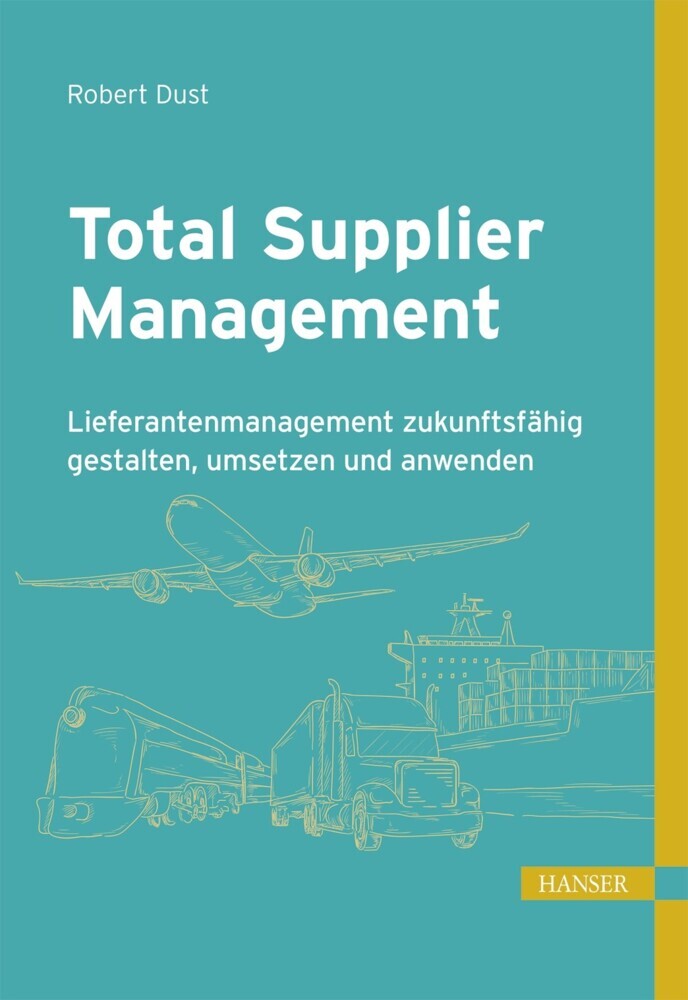Strategic Corporate Negotiations
A Framework for Win-Win Agreements
Exploring the concept of win-win agreements, this book analyses how they pose an important challenge for entrepreneurs, managers and advisors involved in complex negotiations among firms. Providing an overview and discussion of existing literature, the author further develops a theoretical framework for analysing corporate negotiations, and illustrates how this can be implemented in real-life situations. This book presents an empirical case study from the automotive industry and analyses the negotiation between Fiat Chrysler in 2009, offering practical strategies for those involved in corporate negotiations. Presenting how win-win agreements can improve competitive advantage, this book will be an invaluable read for practitioners and scholars alike.
Andrea Caputo is Reader in the Department of Strategy & Enterprise and member of the UNESCO Chair on Responsible Foresight for Sustainable Development at the University of Lincoln, UK.
1;Foreword;6 2;Preface;8 3;Contents;10 4;List of Figures;11 5;List of Tables;12 6;Chapter 1: A Theoretical Framework for Negotiation;13 6.1;1.1 The Term "Negotiation";13 6.2;1.2 Theories about Negotiations;15 6.2.1;1.2.1 Normative, Descriptive, and Prescriptive Approaches to Study Negotiations;17 6.2.2;1.2.2 Theories on Individual Decision-Makers;18 6.2.3;1.2.3 The Negotiation Theory and Other Theories on the Collectivity of Decision-Makers;19 6.3;1.3 Characters Qualifying the Negotiation;22 6.3.1;1.3.1 The Conditions: Interdependence, Conflict of Interests, and Potential Agreement;24 6.3.1.1;1.3.1.1 The Interdependence;24 6.3.1.2;1.3.1.2 The Conflict of Interests;25 6.3.1.3;1.3.1.3 The Potential Agreement;26 6.3.2;1.3.2 Negotiation Procedures: Communication and Exchange;27 6.3.3;1.3.3 Nature: Opportunism and Creative Research;29 6.4;1.4 Phases of the Negotiation Process;30 6.5;1.5 The Characteristic Magnitudes of Negotiations;31 6.6;1.6 The Structure of a Negotiation;33 6.7;References;39 7;Chapter 2: Multilateral Negotiations;41 7.1;2.1 Changing the Negotiation Structure: Negotiation Arithmetic;42 7.2;2.2 Multilateral Negotiations;43 7.2.1;2.2.1 Definition and Characteristics;44 7.2.2;2.2.2 The Role of the Parties and the Conflict of Interests;46 7.2.3;2.2.3 Some Analysis Tools;48 7.2.4;2.2.4 The RBC Model;50 7.3;2.3 The Coalition Phenomenon;54 7.4;2.4 Theoretical Summary;55 7.5;References;57 8;Chapter 3: Contextualizing Negotiation in Strategy;59 8.1;3.1 Introduction;59 8.2;3.2 The Essential Characteristics of Strategy-Making;61 8.2.1;3.2.1 Environments;63 8.2.2;3.2.2 Structures;63 8.2.3;3.2.3 Competitive Advantage;64 8.2.4;3.2.4 Deployment;65 8.2.5;3.2.5 Economic, Financial, and Organizational Balance;66 8.2.6;3.2.6 Value, Sustainability, and Responsibility;68 8.3;3.3 Strategy-Making and Negotiation;68 8.4;References;71 9;Chapter 4: Cooperation in the Automotive Industry Prior to the 2009 Fiat-Chrysler Agreement;76 9.1;4.1 Introduction;76 9.2;4.2 Industry's Characteristics and Analysis;77 9.2.1;4.2.1 Sector Analysis;78 9.2.2;4.2.2 Historical and Structural Problems in the Automotive Sector;79 9.2.3;4.2.3 The Industry's 2007-2009 Crisis;81 9.2.4;4.2.4 Governments' Actions to Support the Automotive Industry;82 9.2.5;4.2.5 Conclusions: The Need to Cooperate;83 9.3;4.3 Cooperation Agreements;84 9.3.1;4.3.1 Cooperation Agreements as a Strategic Factor;85 9.4;4.4 Cooperative Agreements in the Automotive Industry;88 9.4.1;4.4.1 Some Examples of Alliances in the Automotive Sector Until 2009;89 9.4.1.1;4.4.1.1 PSA and Toyota;89 9.4.1.2;4.4.1.2 The Alliance between Renault and Nissan;90 9.4.1.3;4.4.1.3 The Joint Venture between Fiat and Ford;92 9.5;References;93 10;Chapter 5: Case Study: The Fiat-Chrysler Negotiation in 2009;94 10.1;5.1 The Environmental Context of the Case Study;94 10.2;5.2 Methodology;96 10.3;5.3 Presentation of the Case;97 10.3.1;5.3.1 Fiat in 2009;97 10.3.1.1;5.3.1.1 Fiat Numbers;102 10.3.2;5.3.2 Chrysler in 2009;103 10.3.3;5.3.3 Chrysler and Chapter 11;104 10.3.4;5.3.4 Sergio Marchionne;106 10.3.5;5.3.5 The Development of the Negotiation Process;107 10.4;5.4 Case Analysis;113 10.4.1;5.4.1 Synergies Deriving from the Agreement;113 10.4.2;5.4.2 Analysis of the Negotiating Structure;114 10.4.2.1;5.4.2.1 Parties;115 10.4.2.2;5.4.2.2 Issues;117 10.4.2.3;5.4.2.3 Interests;119 10.5;5.5 Discussion of the Findings;123 10.6;References;126 11;Chapter 6: Conclusions;127 11.1;References;132
Caputo, Andrea
| ISBN | 9783030154790 |
|---|---|
| Artikelnummer | 9783030154790 |
| Medientyp | E-Book - PDF |
| Copyrightjahr | 2019 |
| Verlag | Palgrave Pivot |
| Umfang | 132 Seiten |
| Sprache | Englisch |
| Kopierschutz | Digitales Wasserzeichen |











